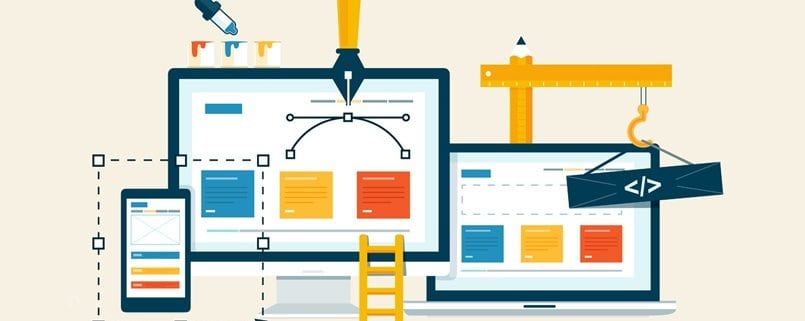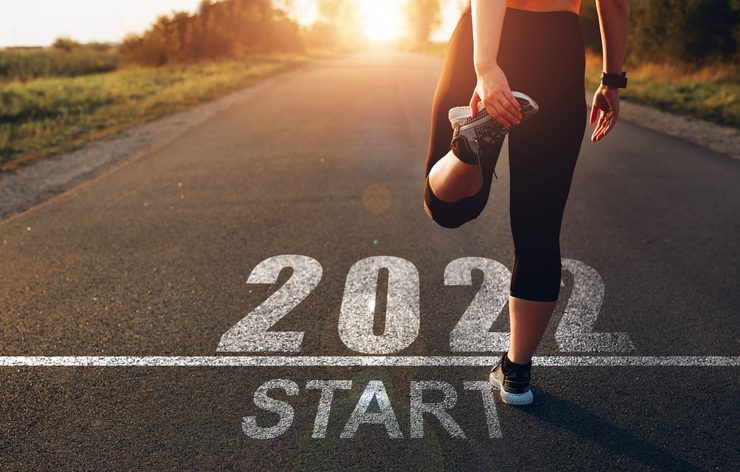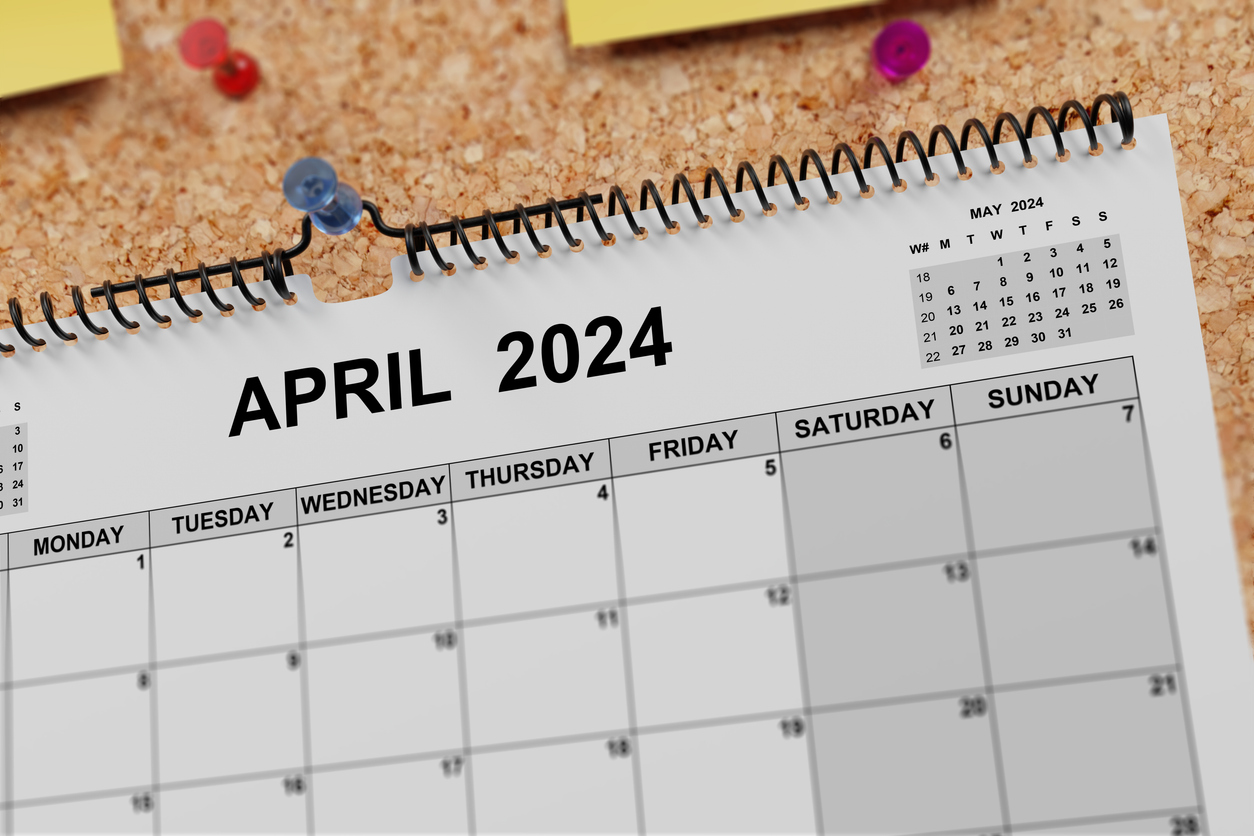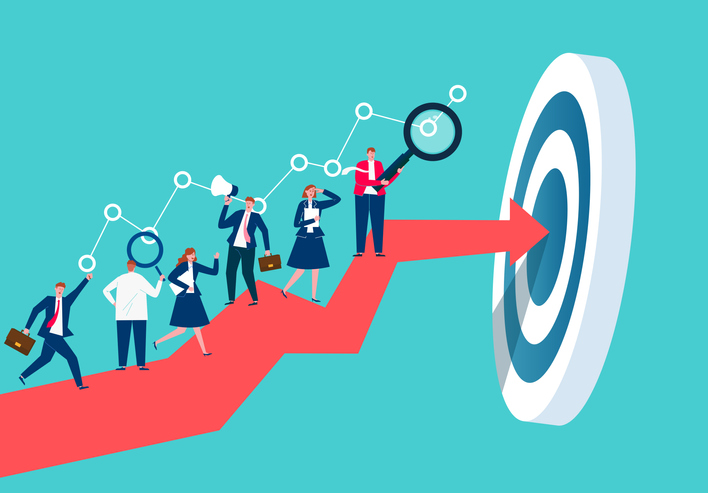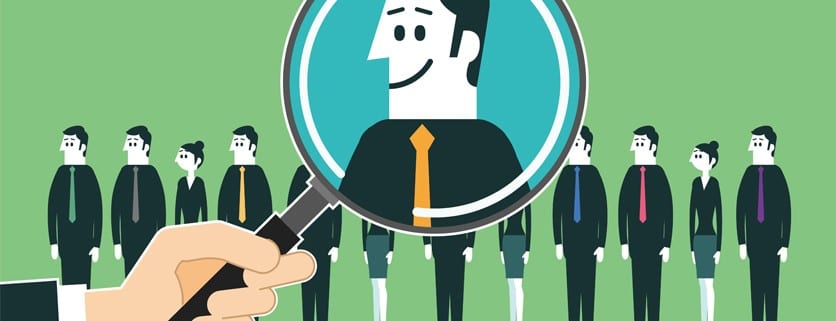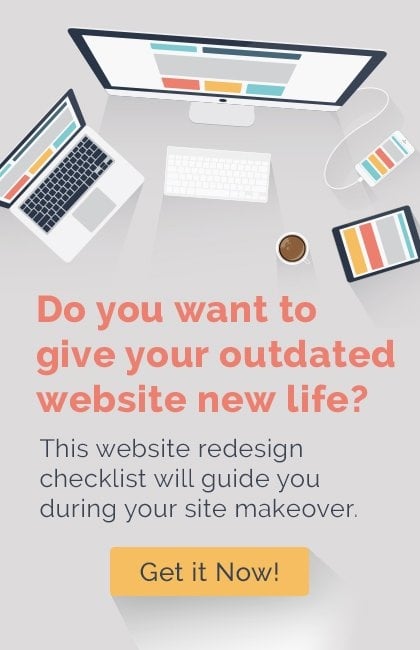
Top Benefits of Using Case Studies For Your Business
Consumers are a lot less susceptible to fancy sales pitches in this day and age, which is why the use of case studies can be very effective in building brand trust. Many consumers will ask friends and family for recommendations or look up online reviews before doing business with a particular brand. They do this because they simply trust other consumers more than they are willing to trust a brand. It’s due to these reasons that you should consider using case studies. We’ve gone over the case study questions you should ask, but the following is some information on what they actually are and how case studies benefits your marketing efforts:
What are Case Studies?
Case studies are similar to testimonials in that they provide audiences with an account of previous customer experiences with the brand. However, testimonials are typically basic interviews that function as little more than positive reviews. Case studies are more in-depth and concern the entire process that the customer went through. Basically, it’s a depiction of their buyer journey and how your business helped to fulfill their needs from beginning to end. This allows for an element of storytelling that’s much more engaging
What are the benefits of Case Studies?
Although case studies require a lot more effort to put together than the typical testimonial, it’s well worth the time and resources required. Many businesses will even produce their case studies as video content that their audiences can watch. The following are just a few of the benefits of creating case studies:
Build brand trust
Case studies are extremely effective in building trust because of the very fact that they represent the viewpoint of your previous customers. Instead of you telling your audience how great your brand is and how effective your products or services are, you’re having your customers do it for you. Not only do audiences trust other consumers more than they trust companies, but by allowing your previous customers to tell their stories, they are basically endorsing your brand, which gives your business more credibility.
Engage through storytelling
Simply having customers tell the audience that your product is great is just a basic customer testimonial. It’s not that interesting, nor is it very engaging. Case studies are more concerned with telling the story of the customer. The customer is the hero, their problem is the conflict and your brand’s solution is the resolution. The use of storytelling helps to make a brand much more relatable and will allow your audience to see how you fulfilled that customer’s need at every stage of the buyer journey.
Identify brand evangelists
To find the subjects of your case studies, you’ll need to speak to several clients or customers and request that they participate. Those that are willing are your brand evangelists. They are offering to tell their story because they believe in your brand. Knowing who your brand evangelists are is helpful because they can help improve your brand reputation through word-of-mouth marketing.
Assist your sales team
Having an assortment of case studies available on your site can be hugely beneficial to your sales team. This is because they can recommend prospects to watch specific case studies of previous customers who may have had similar problems. This, in turn, can help them close deals.
As you can see, case studies can be very beneficial to your marketing efforts. If you are not already using case studies in your business, we encourage you to give them a try. They are a powerful tool that can help you achieve a variety of goals.
Not sure where your brand is headed? Our brand strategy services can help you define your voice, connect with your audience, and stand out. For more information contact us on 630-627-5200 or Request A Consultation Today!


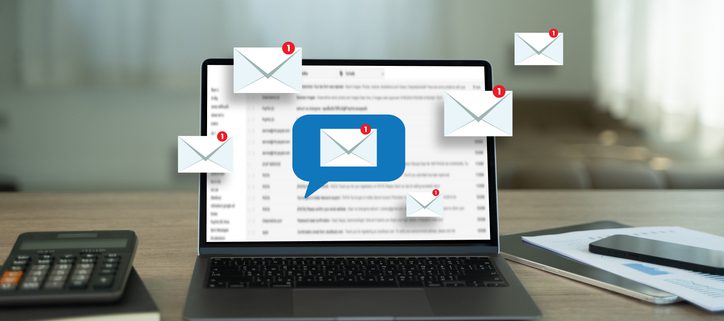

 Crafting Opening Lines for Different Scenarios
Crafting Opening Lines for Different Scenarios


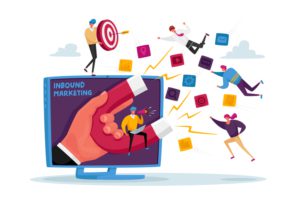 Mastering inbound marketing requires a strategic approach to attract, engage, and convert customers. From SEO optimization and content creation to email marketing and influencer collaborations, each tactic plays a crucial role in driving organic growth. Leveraging interactive content, social media engagement, and continuous performance analysis ensures your marketing efforts remain effective. By implementing these ten strategies, businesses can build strong customer relationships and increase brand visibility.
Mastering inbound marketing requires a strategic approach to attract, engage, and convert customers. From SEO optimization and content creation to email marketing and influencer collaborations, each tactic plays a crucial role in driving organic growth. Leveraging interactive content, social media engagement, and continuous performance analysis ensures your marketing efforts remain effective. By implementing these ten strategies, businesses can build strong customer relationships and increase brand visibility. 

